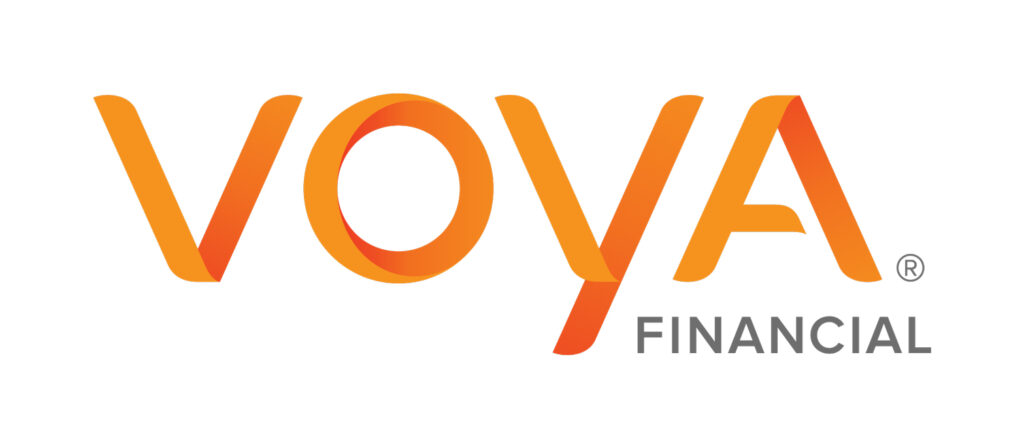
Grades 9-12
Happy EconEdMonth! Celebrate economics all month long by visiting EconEdMonth.org

Don't have an account yet? Sign up for free
Don't have an account yet? Sign up for free


Anyone can become a victim of identity theft. Protecting one’s identity can help reduce the potential of becoming a victim of fraud or other illegal activities that can create future problems. Such problems may prevent an individual from getting a credit card, a school loan, or even a job. Learning how to protect personal information, such as Social Security Numbers and passwords, is a critical step in protecting one’s identity in an online environment.
ESSENTIAL QUESTION: What is identity theft and how can you protect yourself from becoming a victim?
TIME REQUIRED: 1.5 to 2 class periods
Identity theft is one of the fastest growing crimes in the world today. Through technology, everyone now has easy access to personal information for people of all ages and all socioeconomic backgrounds. It is becoming more common to hear about state, local, and federal government databases being “hacked” as well as databases of private businesses and financial institutions. Understanding identity theft and how it relates to everyday life are important factors when considering ways to protect oneself from this problem.
ADDITIONAL CYBERSECURITY CONCEPTS: Identity Theft, Social Security Numbers, Passwords
We suggest that you send out the Parent Letter before teaching the lesson.
1. Read the following scenario to students and ask how they would feel if this happened to them. (Present Slide 7 while you read and Slide 8 while you ask the questions).
Fastview Middle School is preparing for its annual essay competition. Winners will be announced at a special ceremony this morning. Everyone is gathered in the auditorium and excited to hear who will win. Now, the big moment has come. Mrs. Rodriguez announces the top three essay winners and Johnny is in first place. Everyone is surprised as he slowly walks up to receive his award and a gift certificate for $100. As he starts reading his essay to all of the students, Malia realizes that he is reading her essay. How could this happen? She was happy when they announced she had won second place, but now she’s angry and confused. She wants to know how Johnny got a copy of the first essay she wrote and tossed in the trash before starting over on a new paper.
2. Present Slide 9. Tell students that Malia is the victim of fraud. Johnny stole her first essay from the trash can, retyped it, and turned in it to the competition as though it were his own paper. In legal terms, fraud is the deliberate attempt to gain from deceiving or misleading others. Stealing someone’s paper and winning an essay contest is wrong, and Johnny should be held responsible for his actions – but Malia will have to prove it was really her paper that he used because, unfortunately, the burden of proof is on the victim.
3. Present Slide 10 and tell students what happened here is very similar to what happens in cases of identity theft. Identity theft is fraud too. It means someone steals your personal information such as:
– and then uses it to buy things or take out a loan for themselves in your name.
4. Present Slide 11. Explain how having someone steal your identity is even more serious than stealing an essay because someone can start making purchases in your name, leaving you to pay the bills.
Tell students that victims of identity theft can be left with thousands of dollars in charges that are not their own, which can create a very difficult situation to resolve.
5. Present Slide 12. Explain that identity theft is a growing problem because of electronic access to information, but also because we throw a lot of personal information in the trash, just like Malia threw her essay in the school trashcan. Remind students that protecting personal information is important, regardless of what form it is in.
6. Present Slide 13. Discuss the following list of potential sources of identity theft online and ask students if they can add to the list:
7. Present Slide 13. Tell students that their cell phones and tablets can also be a source of identity theft because we often put a lot of personal information on them. It is important to protect your cell phones, tablets and their passwords, just like you would protect your purse or your billfold. (Note: An article with ten tips for preventing identity theft via cell phones is included in the Extension section of this lesson.)
8. Present Slide 15. Remind students that it is important to protect their personal information to keep from becoming a victim, even though they may not have credit cards or bank accounts.
9. Review the first five tips in Activity #1, then put students into small groups, asking them to add more tips to the list.
10. Present Slide 17. Ask students the following questions:
Present Slide 18. Explain that failing to repay friends gives everyone a bad impression of that person. In a small way, that is similar to a credit history. (Note: Explain that credit histories are a record of a person’s use of credit. Optional lessons on credit reports and credit histories are included in the Extension activity.)
11. Ask students what they know about credit or credit cards. Most will probably have some experience with their parents or other family members using credit cards.
Tell students that credit cards allow people to borrow money so they can make purchases today. With a credit card, people buy now and pay later.
12. Present Slide 19. Ask students what they think would happen if someone else used their identification to get a credit card or make purchases?
13. Also, explain that it is much harder to correct a bad or false credit history than it is to prove someone stole your paper. Remind students that people who steal their identity may make many purchases before they even realize what has happened.
14. Tell students that credit histories and transactions are tracked by a person’s Social Security Number. Ask students if they have heard about Social Security Numbers, bank account numbers, or passwords. (Note: While most students will be familiar with passwords, they probably are less likely to understand Social Security or bank account numbers.). Present Slide 20.
15. Have students watch the this video explaining Social Security Numbers.
16. Present Slides 21 and 22. Review video on Social Security Numbers with the following questions:
17. Hand out Activity #2. Remind students that protecting their passwords is one of the most important ways they can protect their personal information.
Present Slide 24. Remind students that even though they may not have a credit card or a checking account now, they are potential victims of identity theft. Taking steps to protect their personal information such as passwords, Social Security Number, and other important data is a good way to reduce the potential of becoming a victim of identity theft. Encourage them to talk with their parents about ways to secure their personal information and reduce their potential for identity theft, fraud, and other similar problems.
Refer to Assessment Activity.

Grades 9-12

Grades 9-12

Content Partner
Grades 9-12

Content Partner
Grades 9-12
